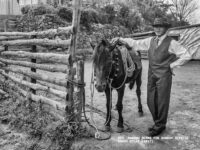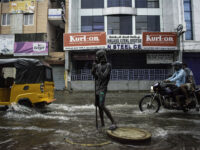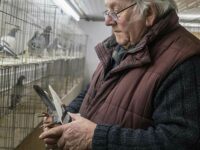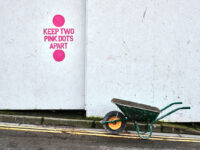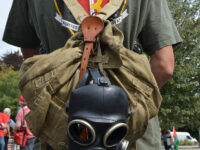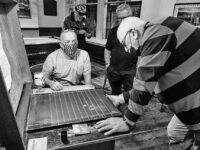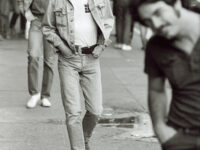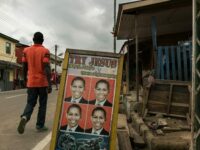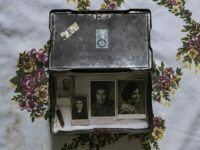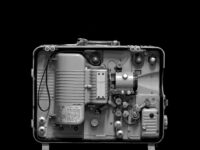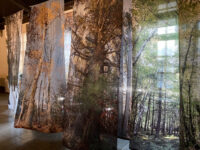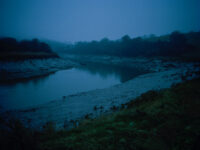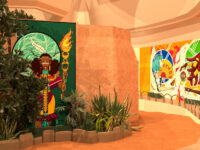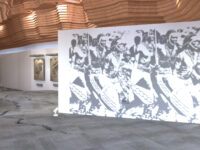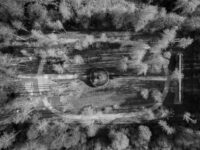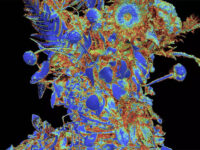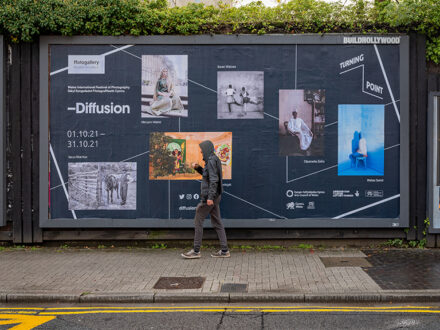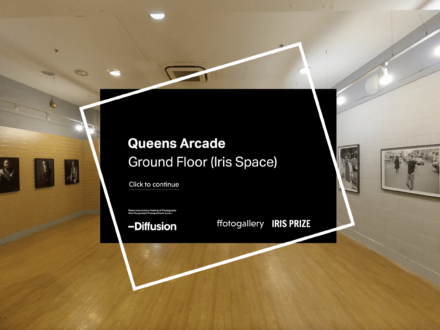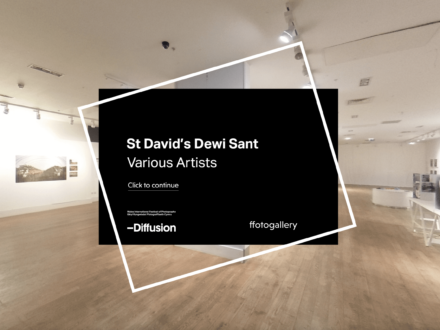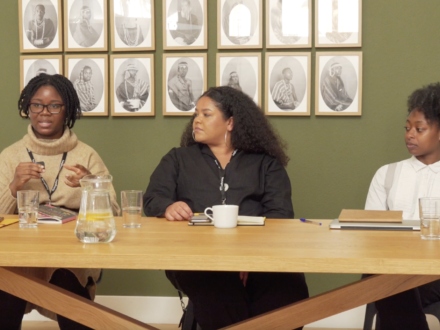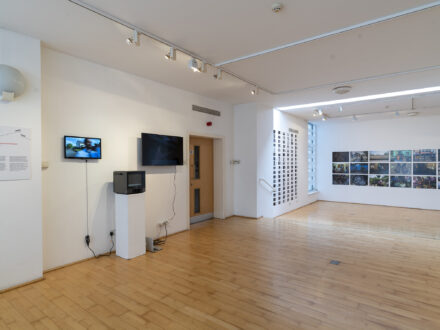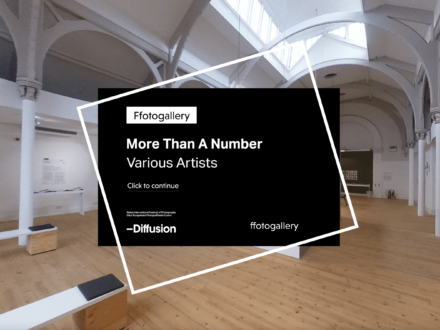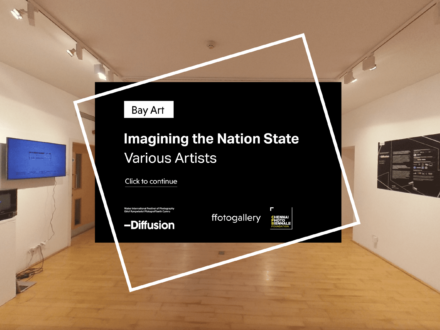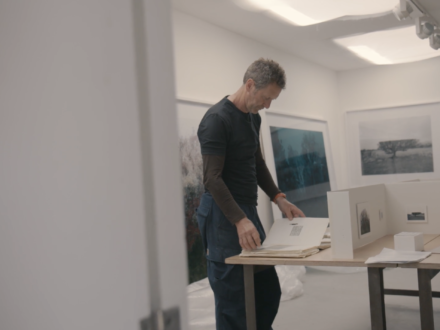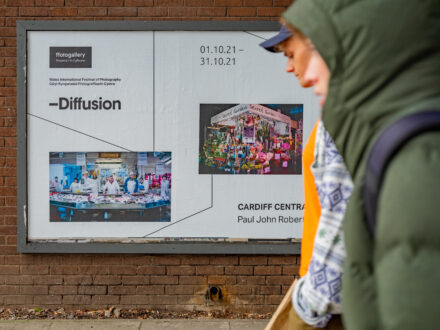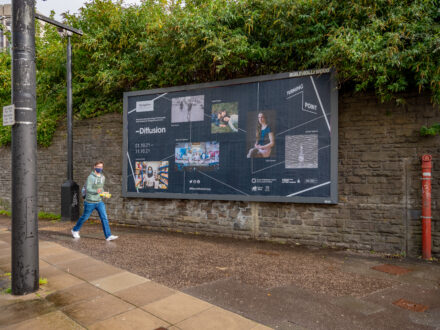Lions and Unicorns
John Crerar
The Festival of Britain in 1951 was heralded as ‘a Tonic to the Nation’ and held out the promise of a brighter and more equitable society for all. The Festival was also a showcase of Britain’s future as a modern nation wedded to an ideology of scientific and technological progress and became emblematic of a post-war social consensus that endured until the 1970’s. The physical legacy of the Festival was reflected in the planning and widespread construction of public buildings, public housing estates, new towns and the social infrastructure associated with a modern social democratic society.
However, judged by today’s standards, the Anglo-centric idea of nationhood the ‘Festival’ promoted left little room for expressions of concurrent notions of identity beyond the re-statement of national and regional cliches. There was also little mention of Britain’s highly destructive colonial entanglements as well as a failure to appreciate the impact of science and technology’s devastating applications, particularly with regard to the development of nuclear weapons and the polluting agents and materials that have led to a climate and environmental emergency.
There is naturally more than one history about the Festival to be told and the project ‘Lions and Unicorns’ presents a mixed-media approach that encompasses an interplay between visual and textual elements that seek to highlight the contradictions inherent in Britain’s post-war trajectory and, as we mark the 70th anniversary of the Festival in 2021, an opportunity to re-evaluate this period in Wales’s recent history.
The Gaer Estate.
In 1951 a council estate on the edge of Newport in Monmouthshire and adjacent to an Iron Age Fort won a planning and architectural award at the Festival of Britain. The streets of the award winning Gaer Estate were named after famous English speaking writers, including Shakespeare, Byron, Shelley and Kipling. Although the naming of the streets in this way was not a requisite for the award it unwittingly reflected one the Festival’s central tenets; to celebrate a vision of the future that encompassed a deep attachment to the land of Britain and the history and culture of that land. This romantic and almost mythical notion of nationhood was forged from an amalgam of cultural elements ranging from the new picturesque to Bauhaus modernism, methodism and utopian socialism tempered by the need to confront the material realities presented by the aftermath of war. However, a social consensus that endured until the 1970’s that had put the right to adequate housing at the heart of social programming was abandoned in favour of a policy of ‘Right to Buy’ in the 1980’s.
The Gaer Estate was built on farmland overlooking the Bristol Channel and was acquired by Newport Town Council as a consequence of the 1946 Housing Act. Designed by the Newport borough architect Johnson Blackett following neighbourhood principles of urban planning, the estate and primary school were one of only 19 awards presented by the Festival across Britain. A commemorative plaque still adorns the frontage of 1 Vanbrugh Gardens to this day.
HMS Campania.
The Festival of Britain of 1951 was an exhibition with a truly national reach. Though the main festival site was on the South Bank of the Thames in London, a myriad of official and unofficial events were celebrated throughout the late spring and summer months in every corner of the country. HMS Campania was a WW2 aircraft carrier that was converted to house a pared down version of the main attractions in London and visited a number of port towns and cities including Cardiff. Painted pure white for the event, the words “Festival of Britain” were emblazoned on its side. Inside the ship there were ample examples of atomic iconography, design and information used extensively throughout the Festival and which helped legitimise a domestic vision of Britain’s future powered by the fruits of atomic research.
Soon after the Festival ended Campania was recommissioned by the Royal Navy and became the command ship for the first British atomic bomb test that took place in the Monte Bello Islands, just off the north west coast of Australia, on the 3rd October 1952.
Given the code name Operation Hurricane, the purpose of the test was to assess the impact an atom bomb might have on the Port of London and to establish that Britain could build a bomb independently.
The British atomic bomb would be deployed for military operational use in 1953.
About Artist

John Crerar
Born in London in 1957, John Crerar is a documentary photographer, film maker and lecturer based in Newport, South Wales. His work has been widely exhibited over the past two decades and has been collected by a number of institutions including The National Library of Wales. His photographic work shows a keen interest in subjects that are associated with the development of the post- industrial landscapes of South Wales.
Having retired from teaching in July 2014 John has since worked on a series of projects including the publication of a book featuring the old cinema buildings of South Wales and the development of an exhibition entitled ‘The Rookery’, which was shown at the Futures Gallery, Pierhead Building in Cardiff Bay in May 2019.
In July 2019 John received a research and development grant from the Arts Council of Wales to develop his current project Lions & Unicorns.
